
Spalling bricks are a problem that faces thousands of natural brickwork buildings and properties across the UK, which is why a hugely common questions that we recieve is what is spalling and how can it be prevented long-term? In this guide we are going to answer these questions and more, so you can get all of the information you need to protect against spalling brickwork for good.
What Is Spalling Brickwork?
'Spalling' refers to the breakdown of bricks such as cracking, peeling, crumbling or chipping, which eventually lead to the surface of bricks breaking away from the main body.
The result is that the softer portions of the brick are left exposed to the elements, which can lead to further damage. While primarily an aesthetic issue that can lead to brickwork looking weathered, in some cases it can cause structural issues with the masonry wall, which is why identifying and ultimately addressing spalling is crucial for any building.
What Causing Spalling Bricks?
Spalling bricks are primarily caused by water absorption, otherwise known as water ingress. Contrary to popular belief, mineral building materials such as brick, stone and render are all porous meaning they absorb moisture. The more porous the material, the more water it will uptake and ultimately hold over-time, leaving the material saturated.
When moisture absorbs into brickwork, it can undergo what is known as a 'freeze-thaw cycle'. This is caused when the moisture within the masonry expands when it freezes, leading to movement within the bricks. This movement causes cracks in the bricks to open-up and mortar to crumble, but also can cause the face of the bricks to pushed away from the main structure of the brick, leading to spalling.
The problem that is created from the spalling is not only is the brick visibly damaged but the cracks and other defects that open-up allow more moisture to enter to brickwork, causing more movement and leading to more and more damage with each cycle.
These problems can be exacerbated by the quality of the brickwork. Older properties can be more susceptible to spalling due to the fact that over a period of time bricks can become more porous and thus allow more moisture to be absorbed. This doesn't mean new-build properties are safe from spalling however, as poor construction or the use of salvaged bricks will start the process of spalling a lot faster than high-quality bricks and good workmanship. No matter what the situation is, the likelihood is that at some point, any brickwork will suffer from spalling of some degree as all bare, natural masonry will uptake moisture and eventually become damaged.
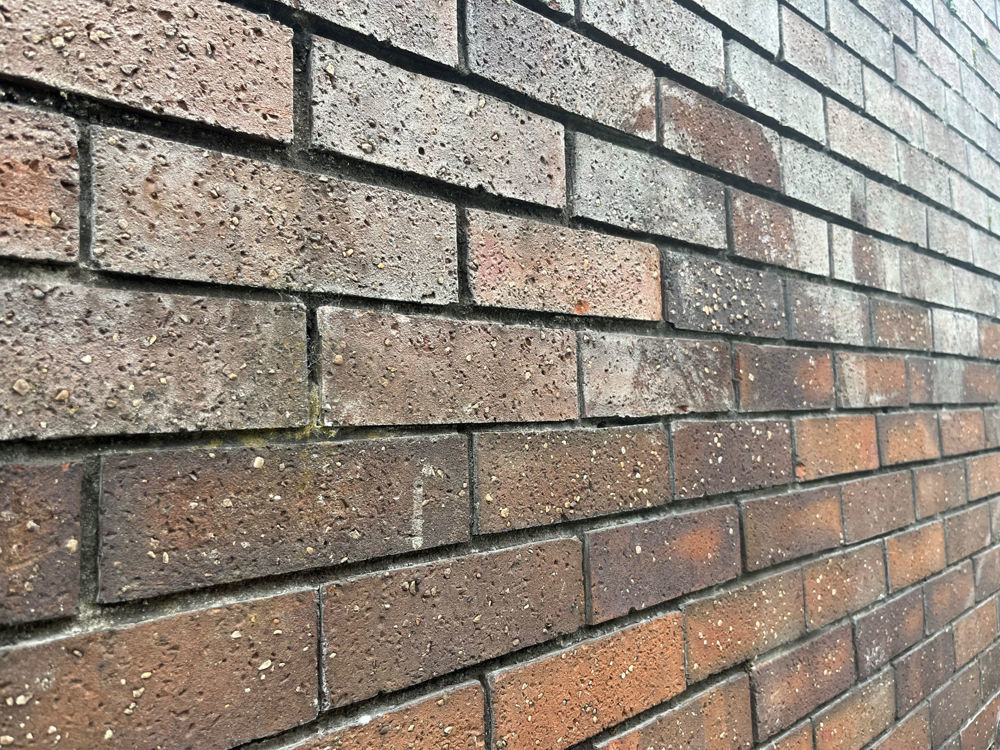
While freeze-thaw cycles are the primary cause of spalling and is the problem in the vast majority of causes, other factors can have an impact on the problem. The mortar used on the property can also lead to damaged brickwork. If a cement mortar is used over a more breathable mortar, moisture tries to escape the wall through the brick face, which can be a cause of spalling. Furthermore, improper curing and workmanship can also cause problems which down the line develop into spalling.
What Problems Do Spalling Bricks Cause?
While not the case with all spalling bricks, in some cases spalling can create a structural issue. Brickwork is designed to create a solid structure where each brick ensures the wall stays upright. If bricks continue to become damaged and start to crumble, the structural integrity of the brickwork can be impacted and ultimately could cave in. This is only the case on rare occasions, but must be considered as a long-term impact of the continued deterioration of brickwork and masonry.
As we have mentioned, the primary issue that is caused by spalling is aesthetic damage to the bricks which can leave them looking less than their best. This aesthetic damage is not just caused by the bricks missing the brick faces, but also as a result of further water ingress. Spalling bricks are a key indicator that masonry is being attacked by moisture. This not only indicates further spalling can occur, but also that the building is prone to other negative effects of weathering and water ingress.
One of the most visible side effects of water ingress is discolouration and organic growth such as algae, mildew and moss. Organic growth like any fungus requires high moisture conditions in order to develop. If any brickwall is suffering from organic growth, this is an indicator that moisture is saturating the wall which can be a precursor to damage such as spalling bricks. Due to the way that spalling bricks allow more moisture to enter the masonry, organic growth is also much more likely to begin to develop on the spalled bricks.
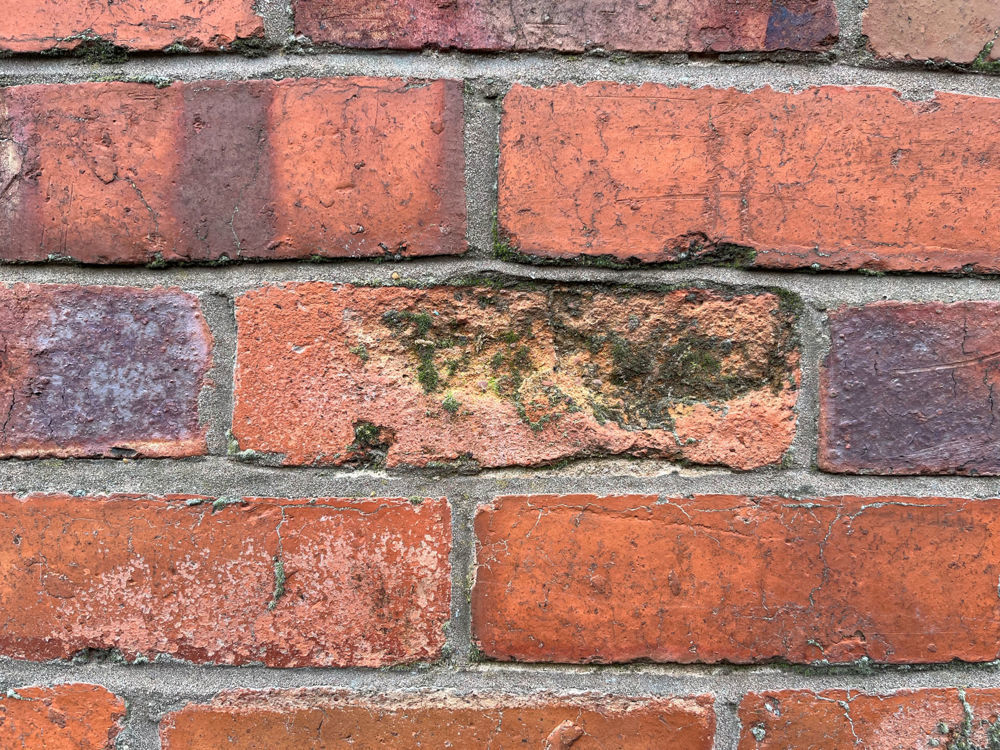
There are a number of other issues that are caused by water ingress, both on bricks that have been damaged or those that have not suffered from damage yet. One of the most noticeable problems that can be caused is damp and mould growth on interior walls. Penetrating damp is caused when water absorbs into the external wall of a property, which then transfers into the internal wall causing damp, damaged plaster and black mould growth. This is primarily an issue for solid wall properties, as these consists of one singular, thick wall which allows water to simply soak straight through into the house. Cavity wall properties are designed to have a gap between the external and internal wall to prevent these damp problems, however debris within the cavity or poorly fitted cavity wall insulation can re-create this gap, meaning even these properties can suffer from penetrating damp.
The lesser known, but one of the most signficant, impacts of saturated exterior walls is heat loss. Damp content of just 5% can lower the insulating properties of a material by 50%. With 35% of heat loss occuring out of the exterior walls of a property, having saturated masonry can significantly contribute to heat loss and a higher carbon footprint.
Can You Repair Spalling Bricks?
You do not have to replace spalling bricks, as although they can make exterior walls look damaged and will make the wall more prone to water ingress, they often will not cause bigger issues.
Spalling bricks can be replaced in order to restore the masonry back to its original condition. The cost of repairing spalling brick will depend on the extent of the problem, the number of bricks affected and the type of brick involved. If you are replacing a small amount of spalled bricks, this can be done yourself if you are an experienced DIY'er. Alternatively, if you are not able to make repairs yourself or if there is larger scale damage, you can seek the advice of a brickwork expert. Checkatrade estimate that a brick replacement will cost £12–£26 per brick, however this can vary.
Spalling bricks are repaired one of two ways. The first way to repair the brick is to remove the brick from the wall completely using a chissel, hammer or power-tool. Once the full brick is cut away from the masonry it can simply be removed along with any mortar joints. A new brick that matches the existing masonry can then be added into place with fresh mortar. The second way spalling bricks can be repaired is by using a brick slip. A brick slip is a slim brick face that can simply be added to the front of the damaged brick to cover any damage. Adding a brick slip involves chisseling away the required depth to allow the brick slip to sit evenly with the rest of the masonry. The brick slip is then stuck to the wall using an adhesive, to create a discrete repair for the damaged brick.
How Do You Prevent Spalling Bricks?
Whether you have damaged brickwork that has been repaired or you have newly laid brickwork that has not been weathered yet, the best way to ensure spalling bricks are not a problem is to prevent water from entering the brickwork.
This can be done by applying a waterproofing treatment to the brickwork in order to create a water repellent surface on the bricks. When applying any waterproofing treatment to exterior walls, you must ensure that is it highly breathable. Since the 1980's brick sealers were commonly used on exterior walls as a treatment to prevent water ingress. These sealers do as the name would suggest and 'seal' the brick, meaning while moisture can't enter the brickwork, moisture can't escape out of it due to their low breathability. This means that condensation that naturally builds up within a property gets trapped within the brickwork. As this moisture has no where else to go, it eventually gathers and leads to the exterior walls becoming saturated, leading to all of the problems associated with this such as damage, damp and discolouration. Eventually, as the pressure builds up within the brickwork, the moisture forces its way out causing the sealer to burst.
For this reason, any product applied to exterior walls must be highly breathable as well as water repellent in order to prevent moisture entering the brickwork in the first place.
Emperor Masonry Creme was developed to address this, containing highly advanced nano-technology that lines the pores of masonry without sealing these pores. This means that water is completely repelled away from the bricks, while water vapour can naturally pass through and breathe out of the wall.
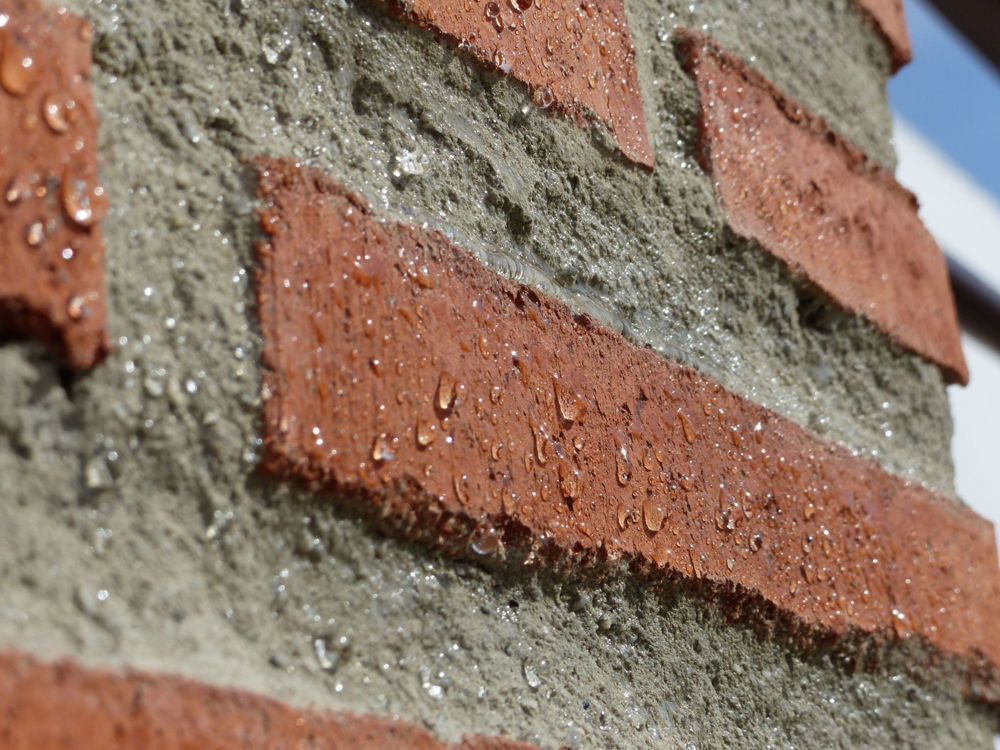
The reason Emperor Masonry Creme does not create a film is due to the way in penetrates deep into the brickwork and chemically bonds to the material, meaning it becomes part of the brick itself. Firstly, this means that the treatment does not alter the appearance of brickwork in any way, offering invisible protection. Furthermore, there is no film or seal to become weathered over-time meaning the treatment will perform for decades. In independent testing conducted by a UKAS accredited labratory, after 25 years of harsh weathering Emperor Masonry Creme was found to have no change in performance or appearance, meaning it will likely far exceed this 25 year lifespan. That is why Emperor Masonry Creme it comes with a lifetime guarantee, ensuring its long-term performance in any weather conditions.
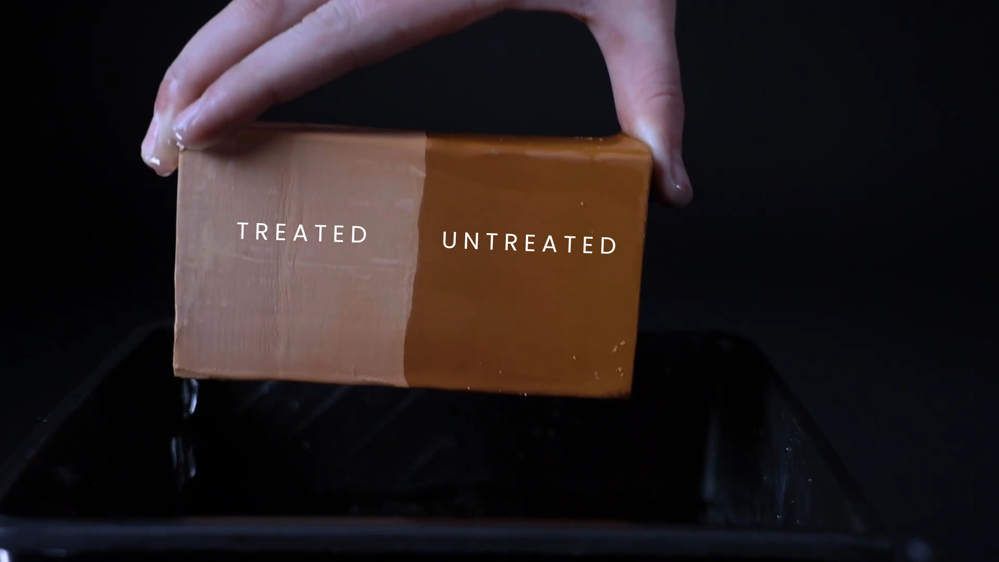
By preventing any water ingress on exterior walls, Emperor Masonry Creme also helps to reduce penetrating damp, organic growth and the damage that is caused by freeze-thaw cycles. Crucially, it also acts as an exterior insulating measure by keeping exterior walls dry and thus warmer. The same independent tests found that a brick wall treated with Emperor Masonry Creme was 6°C warmer on average when compared to an untreated brick wall.
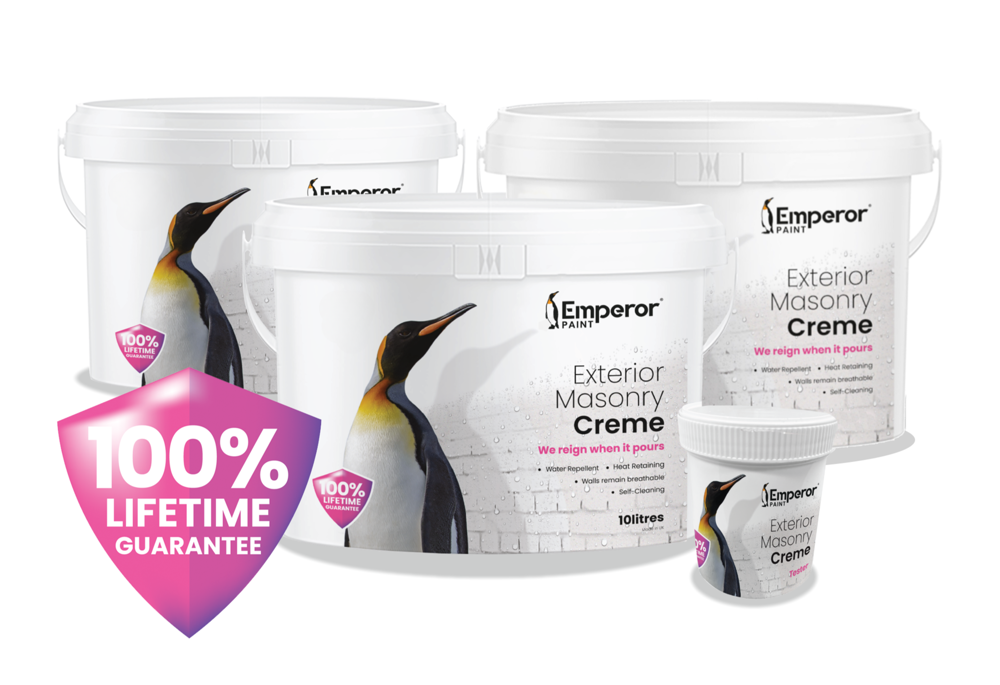
How To Protect Brickwork - A Step-By-Step Guide
YOU WILL NEED:
- Emperor Masonry Creme
- Emperor Exterior Cleaner
- Long-pile roller
- Paint scuttle
- Masonry brush
- Dust brush
- Dust sheets
- Masking tape
PREPARATION
The preparation for applying Emperor Masonry Creme is crucial to achieve the best results. Ensure any holes or cracks in the masonry are repaired, as well as any spalled bricks replaced or restored. Furthermore, ensure you clean the surface of the masonry by both washing down the wall to remove any dirt and by applying a fungicidal cleaner such as Emperor Exterior Cleaner to kill any fungal growth. Washing the cleaner residue off the wall is crucial, as Emperor Masonry Creme is an invisible treatment and will therefore show any marking on the wall underneath the treatment.
Before applying the treatment it is important to cover and protect any surfaces you are not treating in order to get the neatest results possible and to prevent the often difficult task of cleaning other surfaces where the treatment has accidentally covered.
APPLICATION
The application of Emperor Masonry Creme is simple and can be done by anyone, although it is very different to applying a paint. While with a paint you are aiming to roll the paint into the surface, with Emperor Masonry Creme you are simply rolling the treatment on to the masonry. Much in the same way as a moisturiser, it will soak into the brickwork over the course of 1-2 hours until it is completely clear.
You can apply the treatment by via brush, roller or airless spray machine, giving you the flexibility to apply how best suits you. A long-pile roller will allow you to apply the treatment most effectively, as foam rollers will not be effective on an exterior surface.
Simply apply one-coat of Emperor Masonry Creme to the masonry wall at a coverage of 5m2 per litre. As a guide, you should be able to see the majority of the wall covered in the white gel while being able to see a small amount of the brick through the coating.
Once applied all you have to leave the creme to absorb into the brickwork for 1 to 2 hours. Once dry, the wall will be completely clear and will begin to repel water the same day.
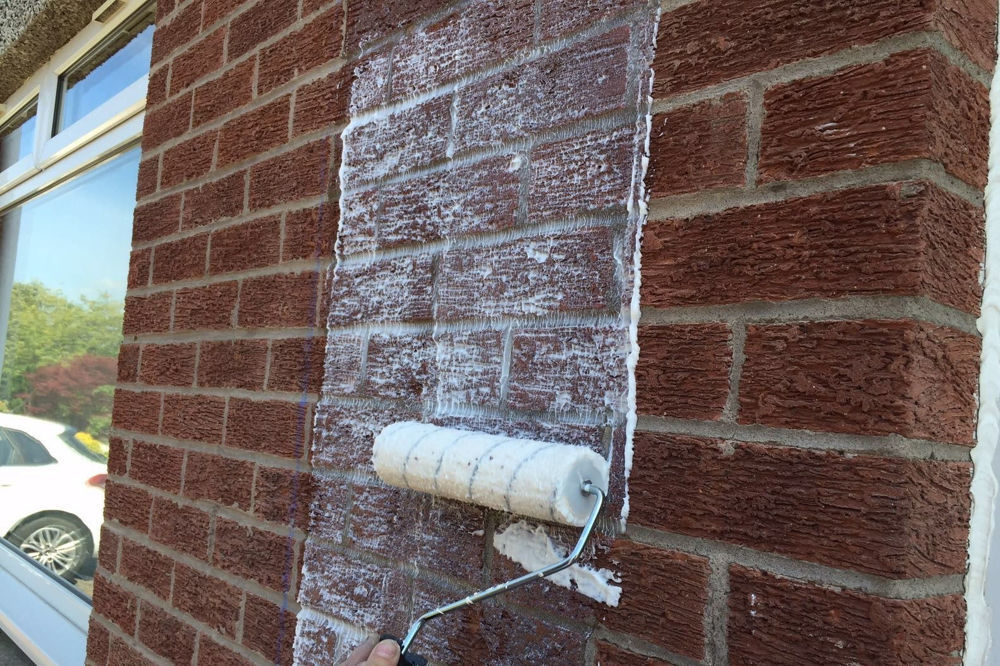
Frequently Asked Questions
Q. CAN I PAINT SPALLING BRICKS?
Yes, you can paint spalling bricks if you desire, but there are a few things to think about. Firstly, if you are painting brickwork that has never been painted before, you must apply a primer to the bricks before painting to ensure best performance. Most manufacturers of paint will have their own dedicated primer which should be used with the correct paint. Furthermore, it is important to know that not all masonry paints are waterproof, meaning water ingress can still occur even if you paint the bricks. If you want to paint exterior bricks and want to prevent water ingress, you must use a paint that is both highly breathable and water repellent.
Emperor Masonry Paint contains the same technology as Emperor Masonry Creme but comes in a coloured version. This means it is water repellent, highly breathable and comes with a 25 year proven performance, just like Emperor Masonry Creme. Crucially, due to the water repellent properties, dirt much like water cannot attach to the painted surface, making the paint self-cleaning.

Q. WHERE IS SPALLING LIKELY TO OCCUR?
Spalling can occur anywhere on brickwork but especially areas that are particularly prone to water ingress such as north facing walls. Spalling can also often occur on chimney stacks.
Q. HOW CAN I TELL HOW BREATHABLE A PRODUCT IS?
The breathability of a product can be measured using an SD value. The lower the SD value, the more breathable the product is, with anything under 0.5 being considered breathable by British Standards. Emperor Masonry Creme for example has an SD value of 0.01, meaning it is not just highly breathable but has vertally no impact on the breathability of the brickwork once applied.
We hope we have answered any questions you may have had regarding spalling bricks and how to prevent it. If you have any other questions, feel free to get in touch with our team of experts who are on hand to assist you. Contact them today by emailing info@emperorpaint.co.uk or or calling 0161 509 9009. Alternatively, shop our range of ultimate performance exterior products today and get FREE delivery on all orders.

